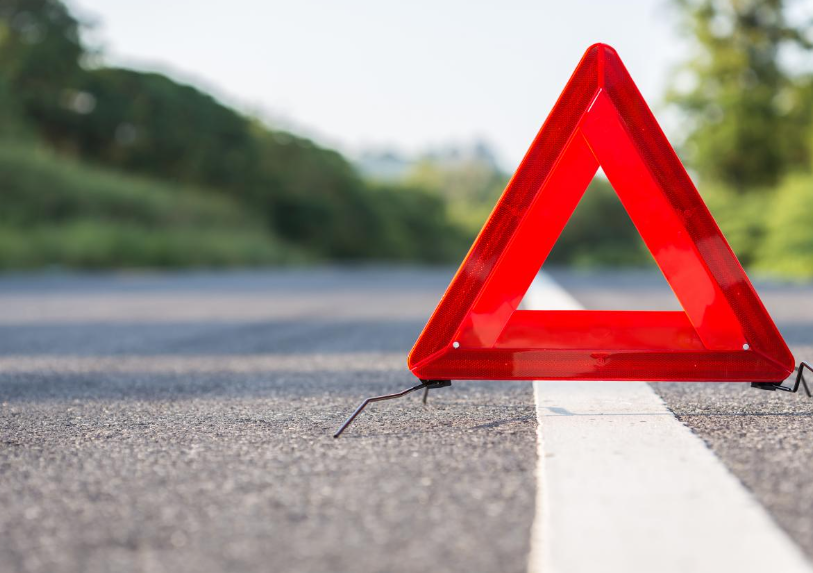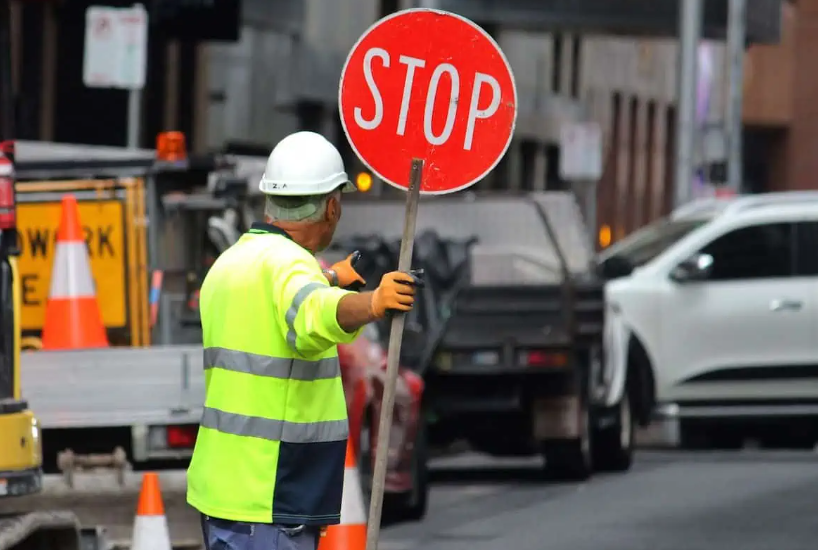Traffic control plays a crucial role in ensuring safe and efficient transportation in New Zealand. To navigate the roads effectively, it is essential to understand the different levels of traffic control. In this blog, we will explore the various levels of traffic control in NZ and their significance in maintaining road safety and managing traffic flow.
Level 1: Basic Traffic Control
Level 1 represents the most common level of traffic control used in everyday situations. It relies on signage, road markings, and traffic signals to regulate the flow of vehicles. These familiar features guide drivers, communicate right-of-way and indicate speed limits and other important information.
Level 2: Temporary Traffic Management
Level 2 traffic control is implemented during roadworks, events, or emergencies. Trained personnel, such as traffic control companies and flaggers, play a crucial role in managing traffic flow. Additional devices like cones, barriers, and temporary signage are used to guide drivers safely through work zones. It is important for drivers to follow instructions and be mindful of the changing conditions in these temporary situations.
Level 3: Major Events and Incidents
Level 3 traffic control measures are required for major events or incidents that significantly impact traffic flow. Advanced planning and coordination between authorities, event organizers, and emergency services are essential. Road closures, diversions, and specialized traffic management strategies are implemented to ensure safety and minimize disruptions.
Level 4: Network-wide Traffic Management
Level 4 traffic control involves comprehensive strategies implemented across an entire network. This level is necessary during major incidents, severe weather conditions, or significant roadworks affecting multiple routes. Real-time traffic monitoring, variable message signs, and digital platforms are used to provide timely information to drivers and manage traffic flow efficiently.
Level 5: National Emergency Traffic Management
Level 5 represents the highest level of traffic control implemented during national emergencies or disasters. During such critical situations, coordination among multiple agencies, including transport authorities, emergency services, and civil defence, is crucial. The focus is on ensuring the efficient movement of emergency vehicles and the safety of the public.
Conclusion
Understanding the different levels of traffic control in NZ is vital for ensuring road safety and efficient traffic management. As responsible drivers, it is our duty to stay informed, follow instructions, and exercise patience and caution when encountering different traffic control measures. Let’s contribute to a safer and smoother transportation system in New Zealand by respecting and adhering to the appropriate level of traffic control in different situations.


